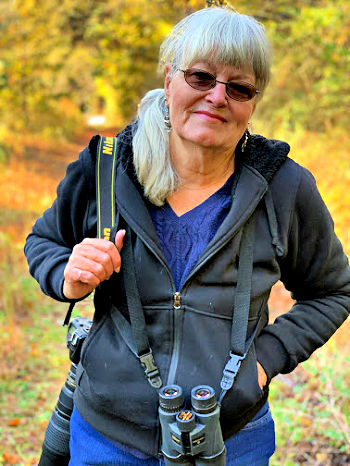
Fayetteville resident, Marlene Koslowsky, started taking general nature photos about twelve years ago. One day, she became captivated by a cute, brown-headed nuthatch, nesting in an old clothesline pole in her backyard. This encounter started her love affair with birds and interest in capturing their images. “It’s easy to find birds,” says Marlene. She photographs them in trees, the sky, on phone wires and railings, at feeders, in fields and meadows, on shorelines, in the water, scavenging in trash piles – everywhere!
Tips to get started:
If you would like to try your hand at bird photography, Marlene suggests you first set up a bird feeder and watch the birds flock to your garden. Start to observe and identify the birds in your backyard. There are 426 species of birds in Georgia, so you will see plenty of variety. Notice the varied coloring of the male and female, their sounds and songs and behavior. Birds are complex and fascinating to watch!
Although Marlene claims she now has way too many bird photos, she continues to seek out favorite spots to get the perfect shot. Whenever she is free, Marlene heads over to some of Southern Conservation Trust’s nature areas, including Morgan Grove and Sam’s Lake Bird Sanctuary in Fayetteville, and Nesmith Preserve in Peachtree City. Lake Horton, in Fayetteville, is also another “go-to” location. She looks in specific areas for specific birds she wants to shoot. “I know to look in trees for warblers, nuthatches, cardinals, brown thrashers, etc., and along shorelines for great blue herons or great egrets or killdeer,” notes Marlene. “Birds found on fence posts or railings include mockingbirds, bluebirds, Carolina wrens or loggerhead shrikes.”
Tips on equipment:
“I carry with me a Nikon digital single-lens reflex camera (DSLR) with a long lens so that I can actually reach the birds that are far from me,” says Marlene. “Birds fly off quickly at most any movement near them, so length is needed to catch a bird, whether on a limb or in the air.”
If you are just starting out taking photos of birds and not sure if you want to invest in a DSLR camera, Marlene suggests you use at least a fixed-lens (point and shoot) camera that has at least a 300mm lens, so you can zoom in and capture some closer shots. Purchase a decent pair of binoculars to search for birds, and a tripod, so that you can get a steady shot if waiting for a specific bird.
A smartphone camera is an excellent resource for a quick shot of a bird that you want to identify. Use the smartphone camera’s zoom to get the image as close as you can for the best ID. While the smartphone camera is convenient, since you usually have your phone with you, this camera may not give you the best bird images, since birds move so quickly. Check to see if your smartphone camera has a burst mode that when activated can take multiple shots very quickly. Using this mode, you have a better chance of getting a good image. There are lots of editing options in the smartphone camera that can enhance your image, so play around with these modes.
Tips on techniques to get the best shot:
A basic knowledge of your camera settings, information on local birds, and a willingness to be patient, are important when looking to capture great bird photos. Practice with your camera and get to know your camera’s best settings for shutter speed, f-stop, and ISO for taking photos of birds. When photographing a specific bird, learn where it most likely can be found. Then set up your equipment there and wait! “When I am out, I carry my camera at the ready, with settings chosen, and my thumb ready to raise or lower the shutter speed. My camera is on and my focus point in the center,” says Marlene. “When I spy the bird, I simply raise the camera viewfinder to my eye, push halfway down on the shutter for the focus, then press the rest of the way.”
Marlene uses a shutter speed of 1250 – 1600. The f-stop setting will depend on what works best for the particular lens she is using. She usually shoots between 5.6 – 8, and adjusts the ISO accordingly. For good color, Marlene sets her camera to auto white balance, but will always edit her shots afterward.
Resources to learn about and ID birds:
A great way to learn to identify local birds is to participate in the annual Great Backyard Bird Count. The 23rd annual event will be held from Friday, February 14, through Monday, February 17. With a minimum investment of 15 minutes a day, or as long as you want to commit, you can count the birds in your immediate locale. Click here for more information, or gbbc.birdcount.org.
The eBird app is an excellent resource for counting birds and making your findings available to science. Marlene also suggests downloading the Audubon Bird Guide App – a field guide to over 800 species of North American birds, and the Merlin Bird ID app by Cornell Lab, which is another bird guide with photo identification that helps you to correctly ID the birds you are finding. If you are a Facebook user, the group, “What’s This Bird?” can help you with a challenging ID.
With these great tips from Marlene, you are ready for action. Dust off your camera and get outside. The birds are waiting for their photoshoot!


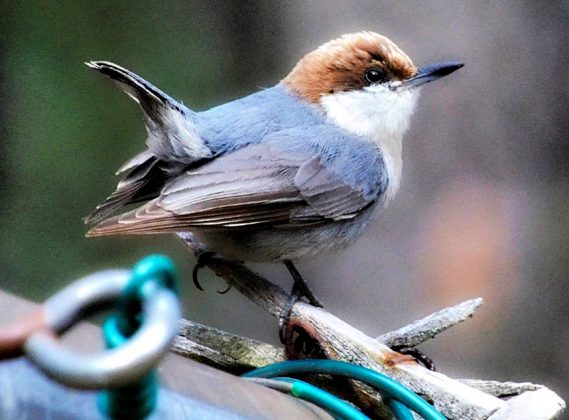
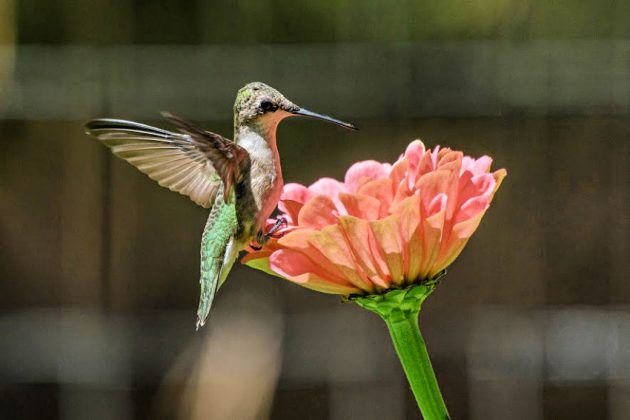
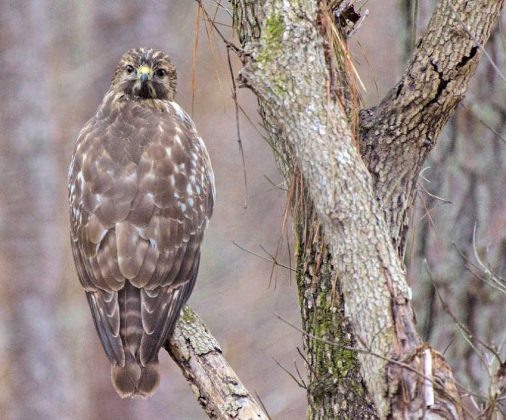


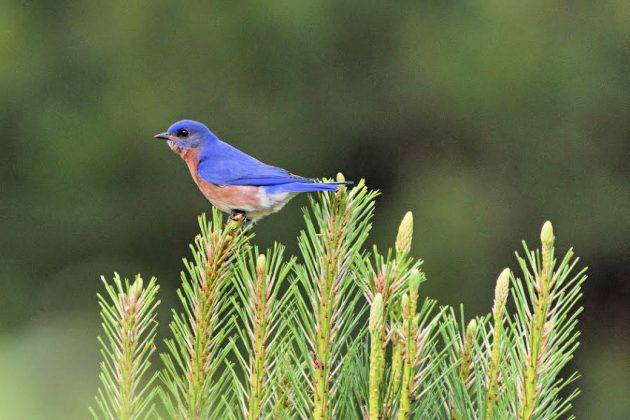





[…] Tips for taking great bird photos The Citizen.com Source link […]